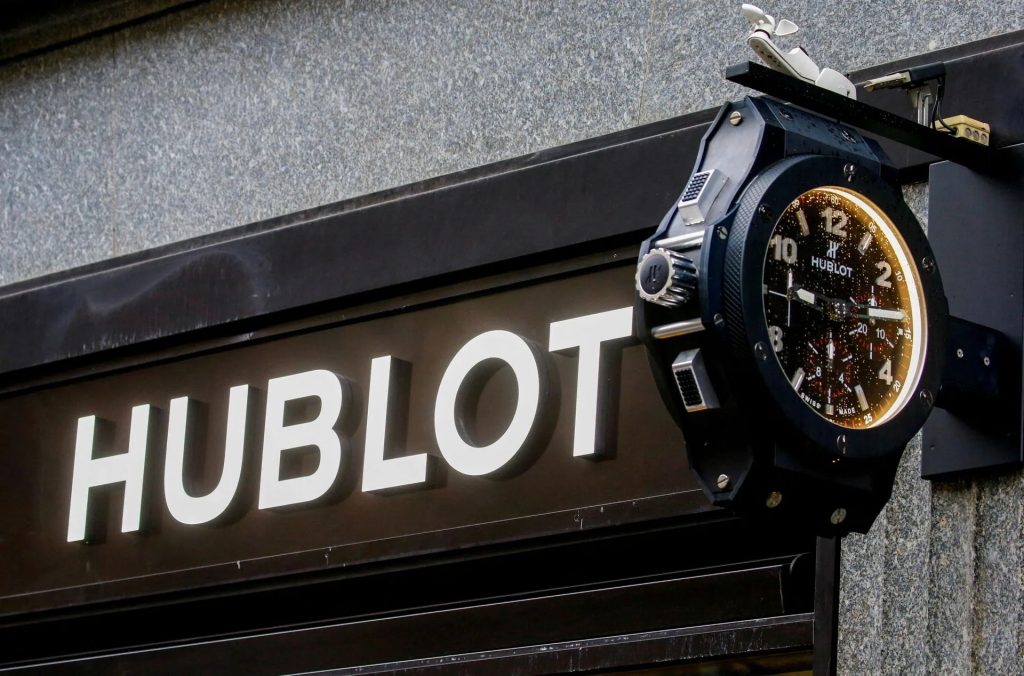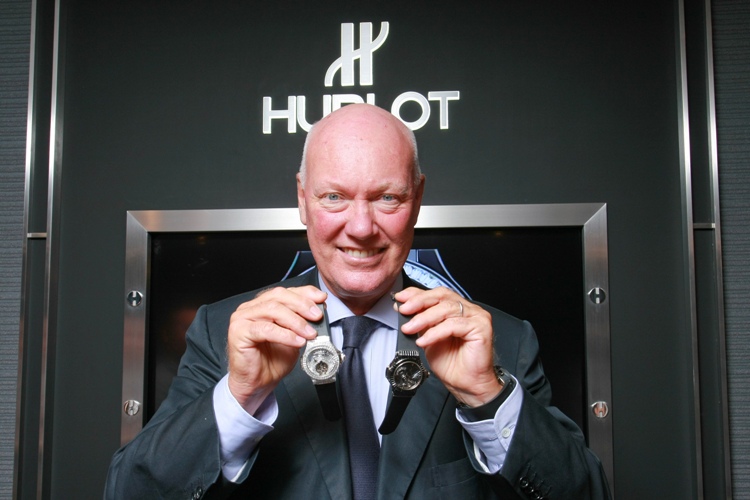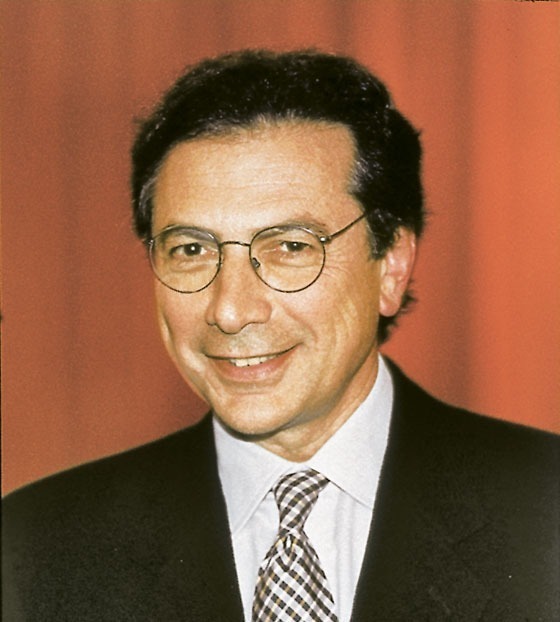Introduction to Hublot Watches: History & Overview of the Brand
In the world of luxury watches, Hublot stands out as a leading name with its unique designs and perfect blend of quality, creativity, and sophistication. The Hublot brand is not just a watchmaker; it is a symbol of relentless innovation and breakthroughs in the watchmaking and fashion industries. The experience that Hublot watches provide to customers goes beyond just wearing a timepiece; it tells an inspiring story that particularly resonates with the younger generation. Let’s explore this iconic brand with LA Luxury.
1. The Founding History and Creator of Hublot Watch
Hublot was founded by Carlo Crocco, an Italian who came from a family with a long-standing tradition in watchmaking. From a young age, he was exposed to the valuable knowledge and resources of his family, especially his passion for creating unique “time machines” of his own.
- 1977: Carlo Crocco designed his first watch.
- 1980: After establishing his own company, MDM Geneve, for three years, Carlo Crocco began developing the Hublot brand with the ambition to create elegant and dynamic watches that could stand among the top watchmakers in the world.

2. The Birth of Hublot and Challenges Faced by a Young Brand
Upon its launch, Hublot quickly made an impression with its initial products and became a sought-after brand. Carlo Crocco set a design philosophy of simplicity with elegance, and Hublot soon became known for its signature design featuring 12 titanium screws on the watch case, requiring no less than 160 steps to complete.
- 1983: After extensive research, Hublot introduced its first watch with a rubber strap. At that time, Switzerland was considered the cradle of luxury watchmaking, and Hublot, a young brand, made a splash by using a rubber strap that met criteria for durability, softness, corrosion resistance, and sporty elegance.
- 2003: Hublot faced difficulties and was on the brink of bankruptcy. Carlo Crocco sought help from Jean-Claude Biver, the president of Omega, to revitalize the brand.
- 2004: Jean-Claude Biver became the CEO of Hublot. With his talent and experience, Biver led Hublot through the crisis and propelled it to the pinnacle of the watchmaking industry.

3. The Revival of Hublot on the Global Stage
- 2005: Hublot launched the first Hublot Big Bang watch, sparking a global sensation and winning numerous prestigious awards, bringing the brand back to the forefront of the market. Orders tripled in just one year.
- 2006: Hublot introduced the Hublot Classic Fusion line, cementing its strong position in the luxury watch segment. Within a year, Hublot’s revenue increased fivefold.
- 2007: Hublot continued to innovate with the Big Bang model using Hublonium, an exclusive alloy, resulting in a watch that weighed just 78g, offering a lightweight and comfortable wearing experience.
- 2008: Hublot was sold to the LVMH group for $500 million. This success was largely due to the creativity and talent of Jean-Claude Biver, which provided Hublot with significant financial resources to execute powerful marketing and PR campaigns. Hublot also signed numerous sponsorship deals with major football clubs like Bayern Munich, Juventus, and collaborated with many famous artists, singers, and models.

With a journey full of ups and downs and remarkable successes, Hublot watches have established themselves as one of the leading luxury watch brands in the world, continuously innovating and pushing boundaries to bring unique and sophisticated products to market.

